Discover the Wildflower Meadow at the Royal Botanic Garden Sydney
Horticulturalist’s from across the Garden have worked together this winter on the biannual meadow display to ensure this popular area of the Garden blossoms to its full potential. It is without a doubt one of the most stunning and Instagram-able displays on the Garden calendar.
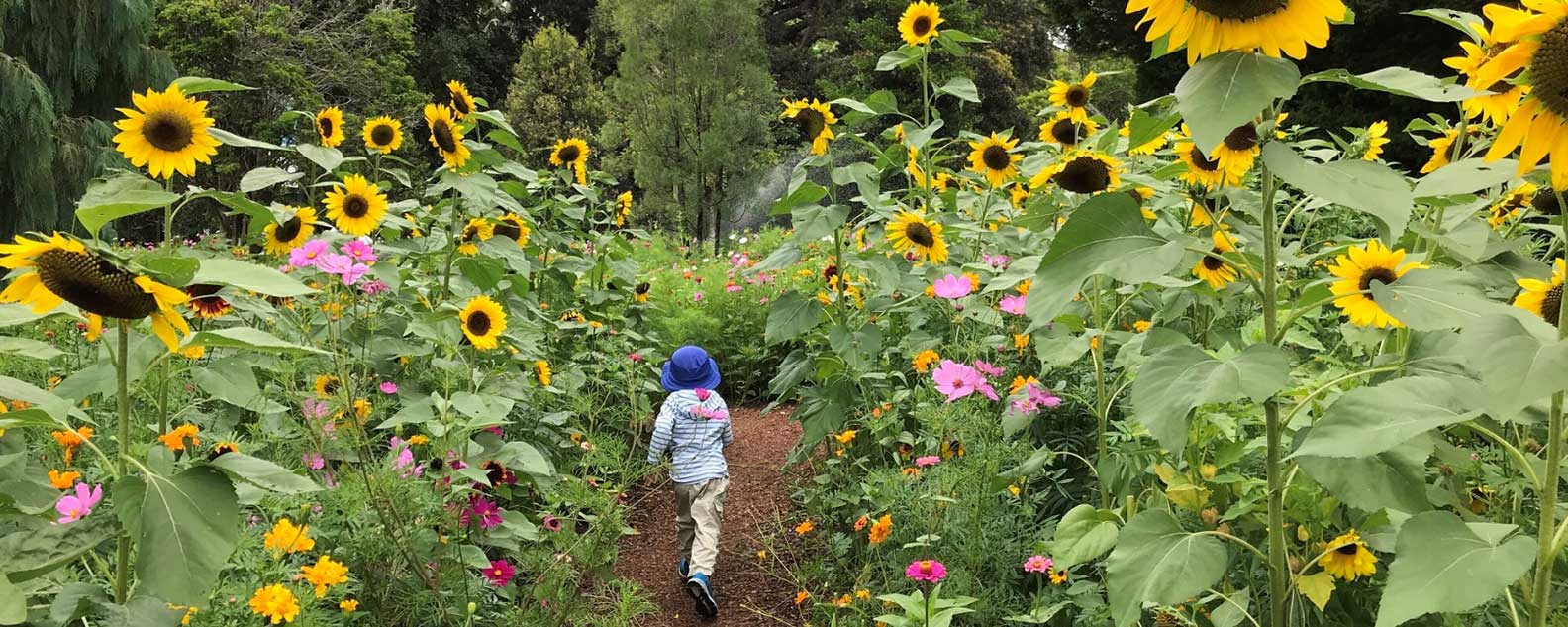
Mad about meadows
Meadows naturally are field habitats that are filled with grasses, flowers and other non-woody plants. Some of the most iconic sites around the world are meadows and they have been the inspiration for many artists such as the poppy fields by Monet.

European alpine meadows are one of the more famous and stunning meadow vistas
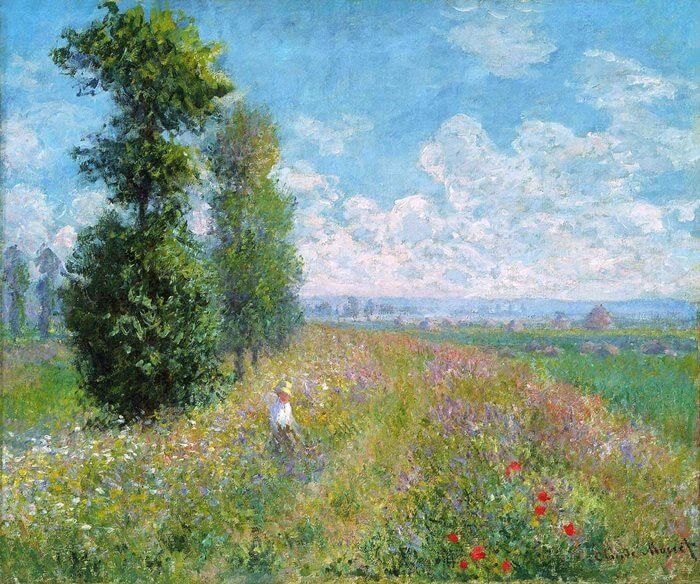
The famous painter Monet was frequently inspired by diverse and colourful meadows
Meadows in Australia are not a common site. The closest thing that the country has to the traditional European meadow is the South West corner of Western Australia, where fields of paper daisies grow naturally and flower in spring. This means that the Wildflower Meadow in the Royal Botanic Garden Sydney is an unexpected but stunning site on the eastern seaboard.
Outside the wild, meadows can be a tricky habitat to manage. But when they’re tended by professionals, they can be one of the most stunning areas of a landscape. The popular wildflower meadow at the Royal Botanic Garden measures 2,454 m2 and is filled with colourful species such as Zinnia, Marigolds, Cosmos, Stattice, Sunflowers and many more.
In both urban and wild environments, meadows such as the one in the Garden’s also play an important role in the ecosystem. The wide array of wildflowers within them make them of utmost importance to pollinating insects such as bees and butterflies, and help protect and enrich our urban ecosystems.
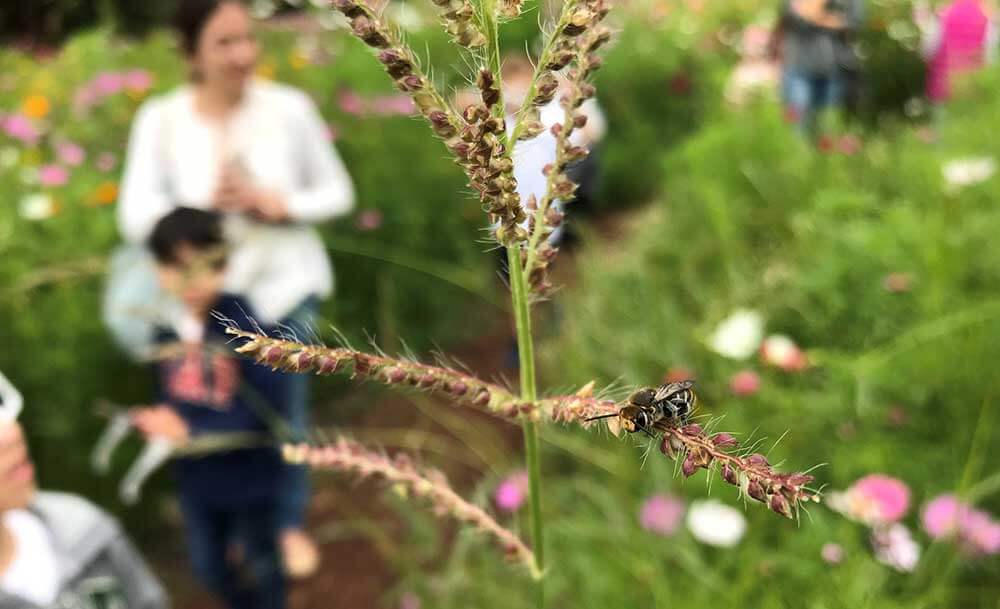
Meadows are an ‘unimproved grassland’, which means that they are managed in more traditional ways. By removing the top layer of plants, it allows other seeds and species of plant to grow through the next season. In most countries, this is done by animals that graze down the upper layers. It also means that each year, no meadow looks the same!
In the Gardens we don’t have much cattle lying about in the centre of Sydney’s CBD, so we make do with brush cutters and other machinery.
Meadows naturally grow on an annual basis; however, the amicable weather of Sydney and well-tended soil of the Garden’s allows for the Wildflower Meadow to grow and bloom twice a year. Although the winter bloom is a bit shorter than in summer, it is equally as beautiful.
How we manage our meadow
As last year’s season came to an end in May, our horticulturalists went straight to work to ensure the next season of flowering would occur. This required slashing and hoeing, which would naturally be done by animals eating down the layers, and the tilling of plant material including putting seeds back into the soil. Meadows rely on the seeds from previous years being returned to the soil bank, thus continuing the species. As our meadow at the Garden’s is artificial we also sow additional species such as Larkspur for an extra spring impact.
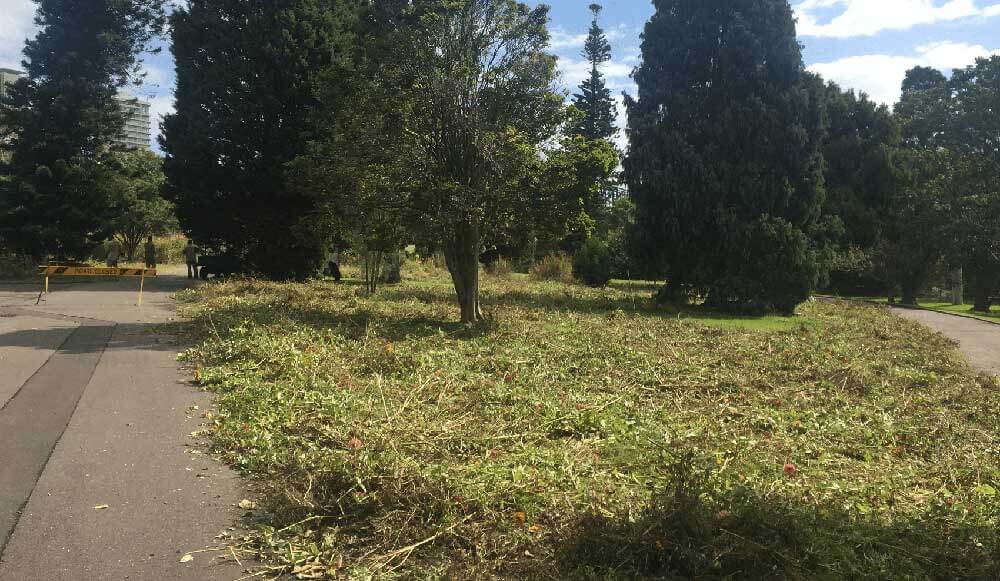
The Wildflower Meadow undergoes its biannual 'slashing' to ensure vibrant regrowth in future seasons
During the winter bloom horticulturalists faced an issue – the threat from ducks. Re-seeding can be a difficult time, as bird are quickly attracted to the easy-access food from seedlings. To ensure that the future summer bloom reaches its full potential, the team will be using nets to protect the area from pesky wildlife.
Some of the more stunning flowers used in this year’s winter and summer mix included multiple varieties of zinnia, marigold, sunflower, purslanes, sea lavenders, cosmos, spider flowers and blanket flowers.
The best time of year to see the Wildflower Meadow at the Gardens is during the summer bloom, when the flowers grow over a metre tall. But the meadow is also currently in bloom for the winter season.
We highly recommend bringing a picnic, and having something to eat amongst the flowers.
For even more meadow fun, take a trip out to the Paper Daisies exhibit at the Australian Botanic Garden Mount Annan, which is best seen in September.
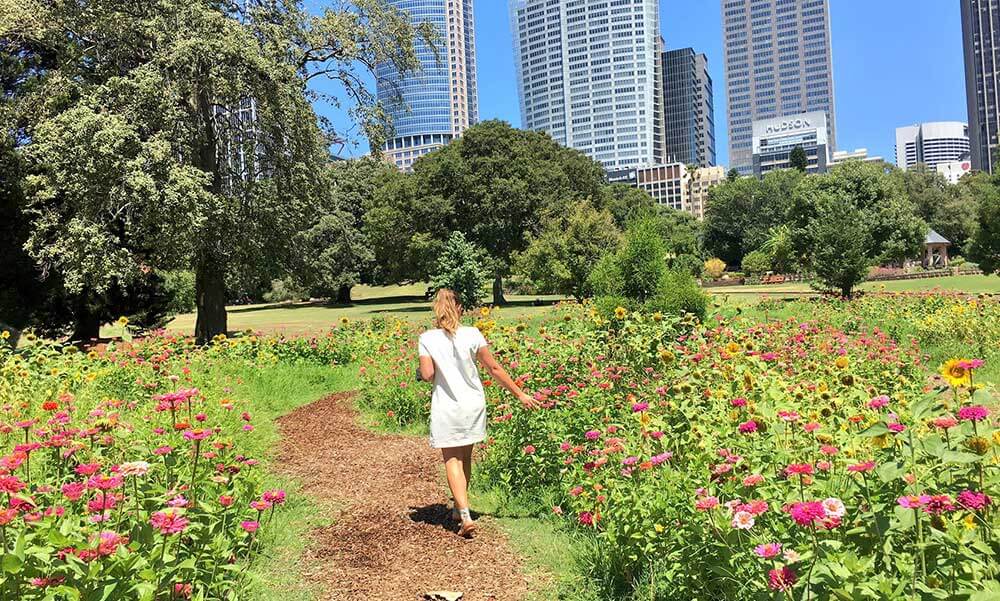
If you are a journalist and have a media enquiry about this story, please click here for contact details and more information.
Related stories
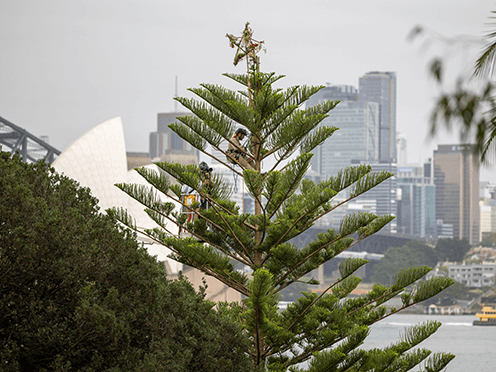
Discover the Royal Botanic Garden Sydney's very own "Christmas trees" - a festive trio of pretty pines from a lineage stretching all the way back to the time of the dinosaurs.
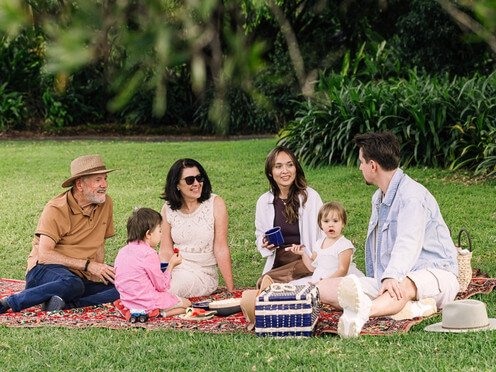
Whether you’re here for culture, time with friends, a family adventure, or a quiet escape among the trees – discover the itinerary that brings your ideal summer day to life.
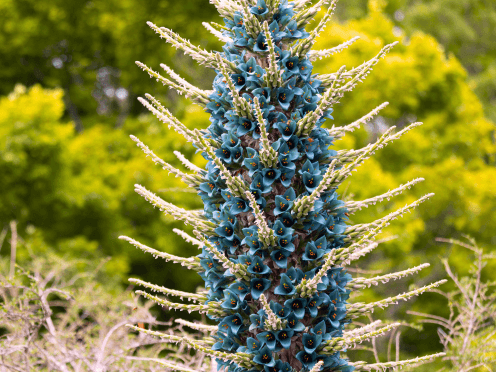
An extraordinary display of rare turquoise blooms are starting to flower at the Blue Mountains Botanic Garden Mount Tomah, with one species blooming for the first time ever.